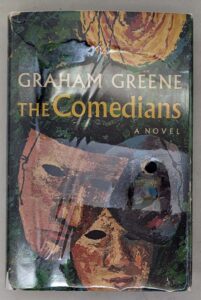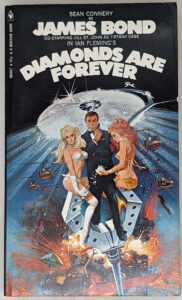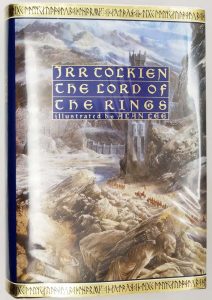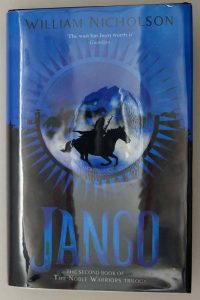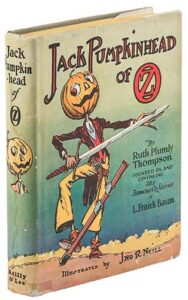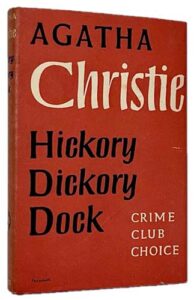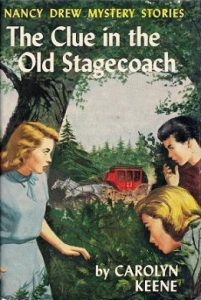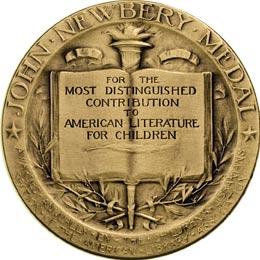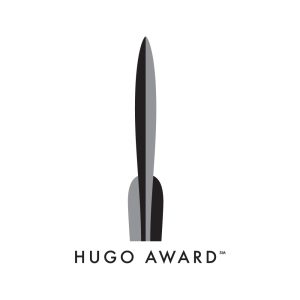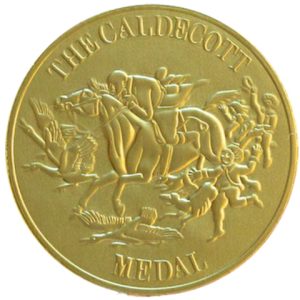Goblin Market (11933) by Christina Rossetti, Illustrated by Arthur Rackham
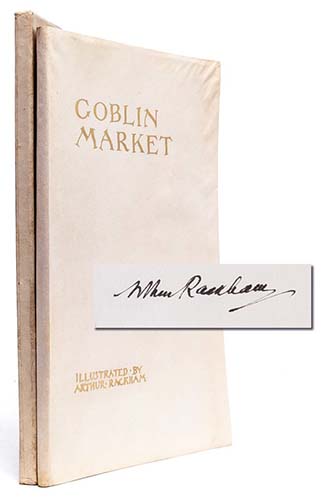
The 1933 edition of Goblin Market by Christina Rossetti, illustrated by Arthur Rackham, is a hauntingly beautiful rendition of one of Victorian literature’s most evocative poems. First published in 1862, Rossetti’s narrative poem explores themes of temptation, sacrifice, sisterly love, and redemption through the tale of two sisters, Laura and Lizzie, who encounter the eerie and alluring goblin men selling enchanted fruit.
This special edition, published by George G. Harrap & Co., features four exquisite color plates and numerous black-and-white illustrations by Arthur Rackham, capturing the sensuality and menace of the poem with masterful precision. Rackham’s illustrations are especially well-suited to the tone of Rossetti’s verse—his signature blend of ethereal elegance and subtle grotesquerie enriches the emotional depth and fairy-tale strangeness of the story.
The poem’s rich symbolism and flowing, musical language made it a favorite of both literary scholars and illustrators. Rackham’s interpretation is notable for its emotional sensitivity and its ability to convey the tension between innocence and experience, light and shadow.
About the illustrator Arthur Rackham:
Arthur Rackham (1867–1939), one of the most celebrated illustrators of the Golden Age of Illustration, was known for his atmospheric and expressive work. His illustrations, often done in pen and ink with watercolor washes, combine whimsy with a slightly dark, mysterious edge. Rackham illustrated classics including Grimm’s Fairy Tales, Alice in Wonderland, A Midsummer Night’s Dream, and Peter Pan, and brought a distinctive, instantly recognizable vision to each project.
Recommended for collectors and readers:
- Undine (1909), illustrated by Arthur Rackham – A romantic fairy tale with themes of water spirits and doomed love, paired with luminous Rackham artwork.
- Christina Rossetti’s Poems (1910), illustrated by Florence Harrisson – For those interested in her wider lyrical and devotional works.
- The Book of Fairy Poetry (1920), illustrated by Warwick Goble – A beautifully curated anthology with a similarly magical and romantic aesthetic.
